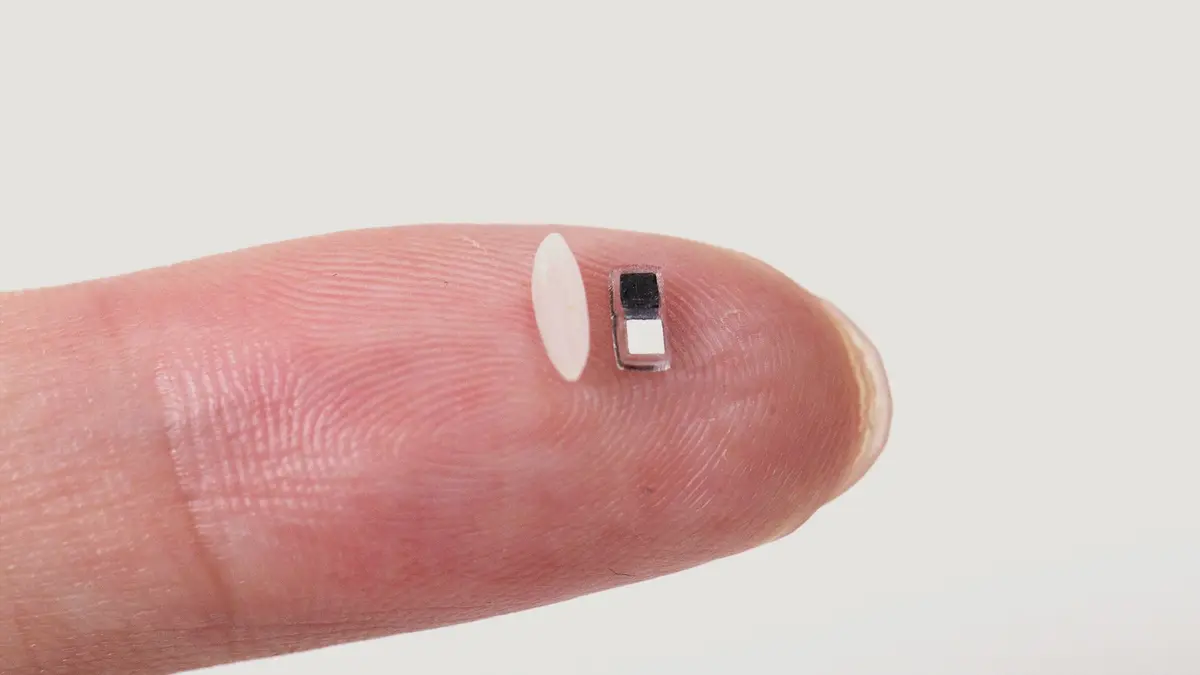
New Injectable Pacemaker Dissolves After Use
A groundbreaking pacemaker, smaller than a grain of rice, has been developed by engineers at Northwestern University. This injectable device, designed for temporary cardiac pacing, eliminates the need for invasive surgery and dissolves harmlessly after use. The innovation is particularly promising for infants with congenital heart defects, providing a safer and more efficient alternative to traditional pacemakers.
Unlike conventional pacemakers that require surgical implantation and removal, this ultra-miniature device can be injected directly into the body using a syringe. Once inside, it works in tandem with a flexible, wireless wearable patch placed on the patient's chest. The patch continuously monitors the heart’s rhythm and emits light pulses when irregularities are detected, activating the pacemaker through the skin.
“We have developed what is, to our knowledge, the world’s smallest pacemaker,” said John A. Rogers, the leading bioelectronics researcher behind the project. Co-lead researcher Igor Efimov emphasized the device’s significance for children born with congenital heart defects. “These children only need temporary pacing after surgery. Now, we can place this tiny pacemaker on a child’s heart and stimulate it with a soft, gentle, wearable device. And no additional surgery is necessary to remove it.”
One of the most significant breakthroughs in this pacemaker’s design is its power source. Instead of relying on batteries, the device generates electrical pulses through a chemical reaction between two metal electrodes and the body’s natural biofluids. This mechanism allows the pacemaker to function without the bulk of traditional power systems, further reducing its size and complexity.
“When the pacemaker is implanted, biofluids serve as the conductive electrolyte, creating a small galvanic cell that powers the device,” Rogers explained. The activation mechanism is equally innovative—a tiny light-sensitive switch responds to infrared light, which penetrates the skin safely and deeply, turning the pacemaker on or off as needed.
The potential applications of this technology extend beyond cardiac care. By implanting multiple devices in different regions of the heart, doctors could treat complex arrhythmias using differently colored light signals. Additionally, similar bioelectronic devices could aid in nerve and bone regeneration, accelerate wound healing, or even provide pain relief without traditional medication.
“This technology simplifies implantation procedures, minimizes patient trauma, and eliminates the need for secondary removal surgeries,” Rogers said. “It opens the door to a new era of bioelectronic medicine.”
Stichworte







